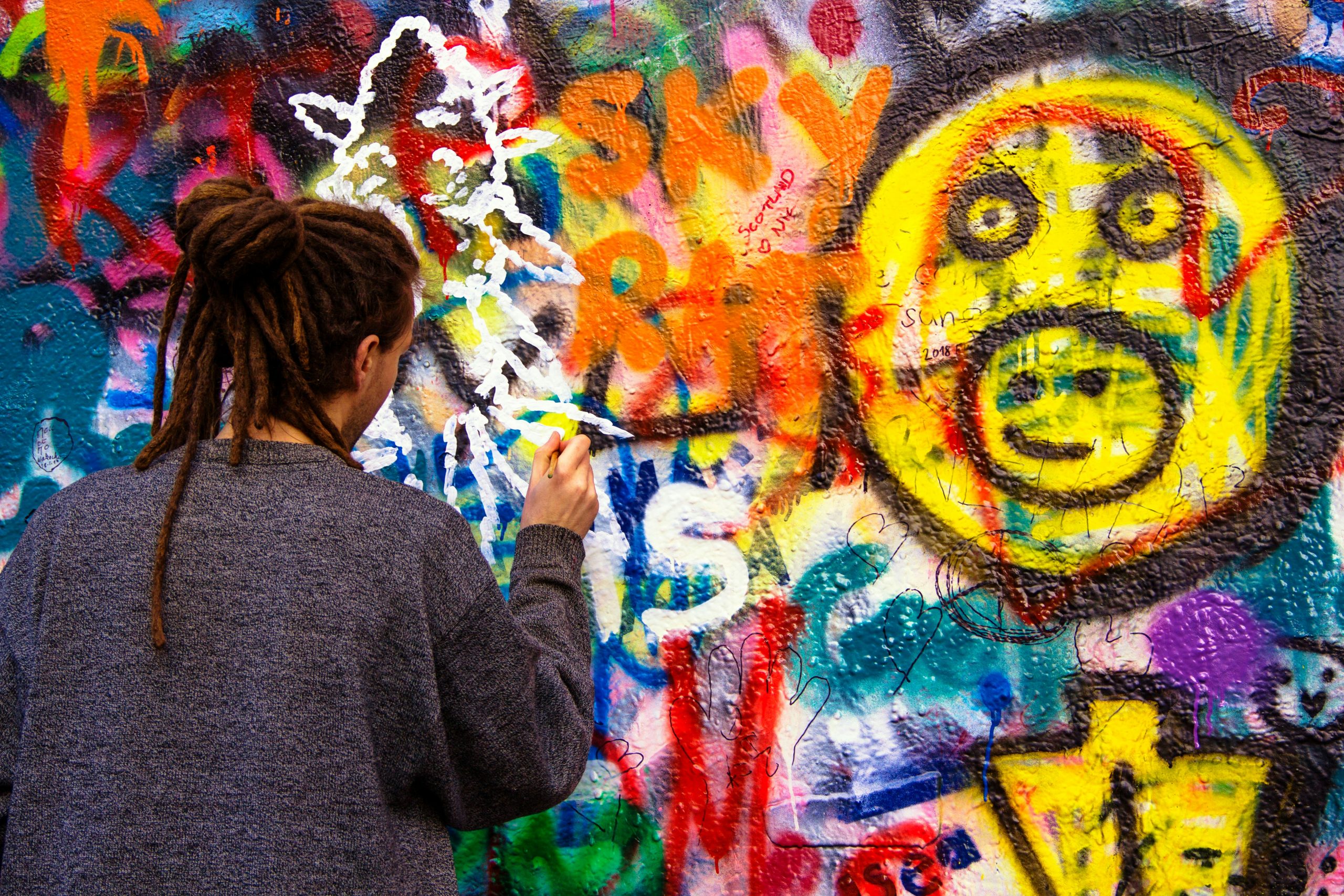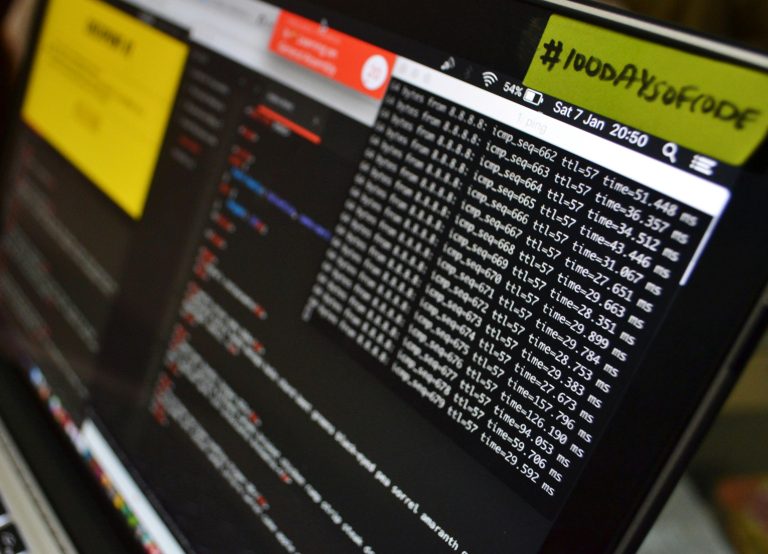Climate Art: How Artists Are Shaping the Conversation on the Environment
As the climate crisis accelerates, so does the urgency for global action. Scientists, activists, and policymakers have long been sounding the alarm—but now, artists are stepping into the conversation with powerful, emotional, and transformative work. Known as climate art, this growing movement is using creativity as a catalyst to inform, inspire, and provoke action on one of the most critical issues of our time.
Art as a Tool for Awareness
While data and reports provide the hard facts, they often fail to reach the public on a deeply emotional level. This is where art comes in. Visual artists, musicians, filmmakers, sculptors, and performers are using their mediums to translate scientific urgency into human experience. Through metaphor, imagery, and emotion, climate art brings the abstract and overwhelming nature of climate change into something personal and relatable.
Installations made of ocean plastic, paintings of scorched forests, or murals highlighting rising sea levels serve as visual wake-up calls. These works don’t just depict the crisis—they challenge viewers to confront it.
Making the Invisible Visible
One of the key powers of climate art is its ability to make the invisible visible. Carbon dioxide, melting ice caps, or biodiversity loss can be hard to visualize or emotionally grasp. Artists use their craft to give shape and form to these intangible realities, helping people see what’s often hidden in graphs and headlines.
For example, artist Olafur Eliasson’s “Ice Watch” project placed large blocks of melting ice in urban centers, allowing people to touch and witness the physical effects of global warming. Such experiences are unforgettable—and that’s exactly the point.

From Protest to Public Engagement
Climate art isn’t just about aesthetics; it’s also a form of protest and public engagement. Street art, performance pieces, and community murals serve as acts of resistance and tools for organizing. They create space for dialogue and offer platforms for marginalized voices, especially Indigenous communities and youth activists on the frontlines of climate change.
By stepping outside traditional gallery spaces and into public domains, artists are democratizing climate communication, making it more accessible and inclusive.
Collaboration with Science and Activism
A growing number of artists are collaborating directly with scientists and climate activists. These interdisciplinary partnerships are generating groundbreaking work that’s both factually grounded and emotionally resonant. Museums and institutions are also catching on, curating exhibitions that center on environmental themes and sustainability.
In this way, climate art is bridging the gap between science and society—helping to overcome apathy, inspire empathy, and drive behavioral change.
Hope Through Creativity
While much of climate discourse is marked by fear and despair, many artists are choosing to focus on resilience, solutions, and hope. They’re imagining what a better, greener future could look like—encouraging people not just to worry, but to dream, envision, and act.
This shift from dystopia to possibility is crucial. It empowers communities to believe that change is possible, and that everyone has a role to play.

Conclusion: The Art of Activating Change
Climate art is more than just an aesthetic expression—it’s a powerful force for cultural and environmental change. By making the crisis feel personal, visible, and urgent, artists are not only shaping the conversation—they’re helping to reshape the future.
As the climate movement grows, so too does the role of artists. They are the storytellers, the visionaries, and the conscience of a world in flux. And in a time when action has never been more critical, their voices are more vital than ever.
Would you like this adapted into a social media campaign, presentation slides, or an educational resource?






